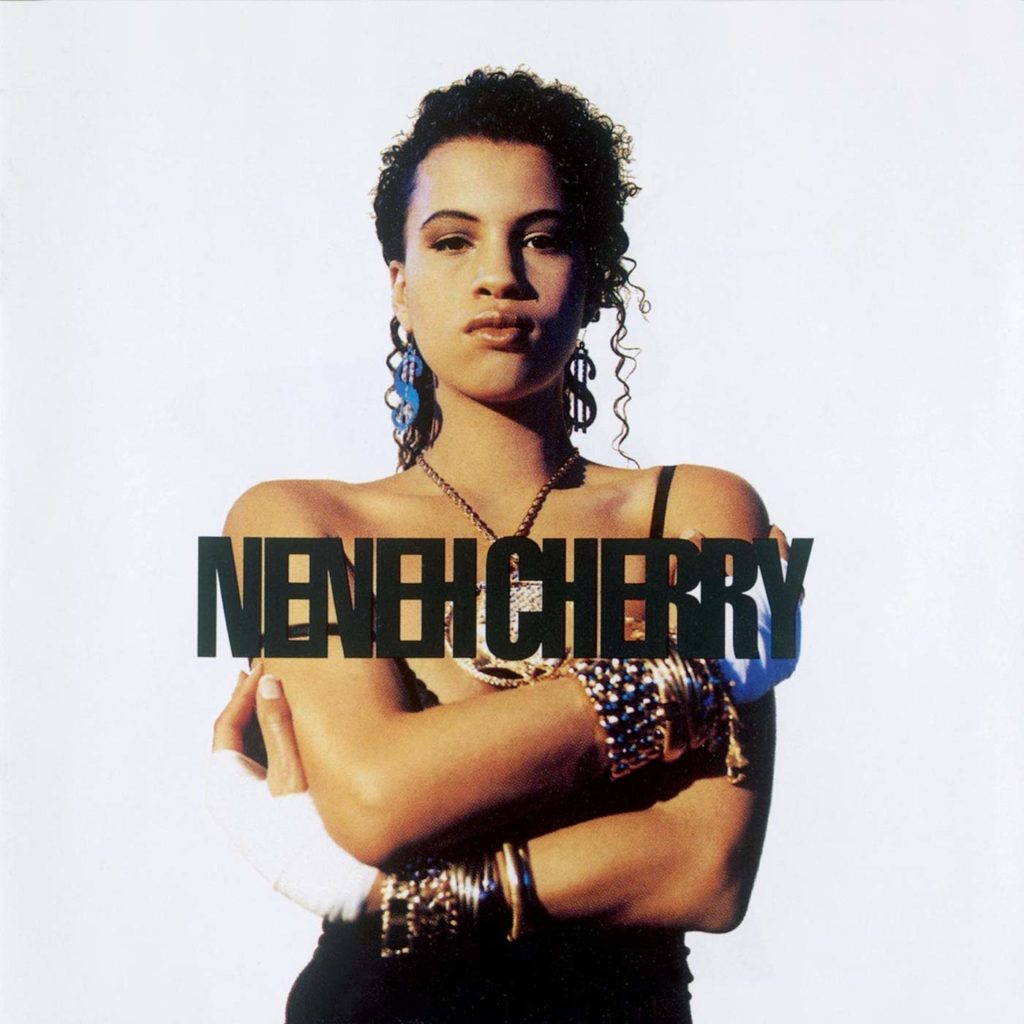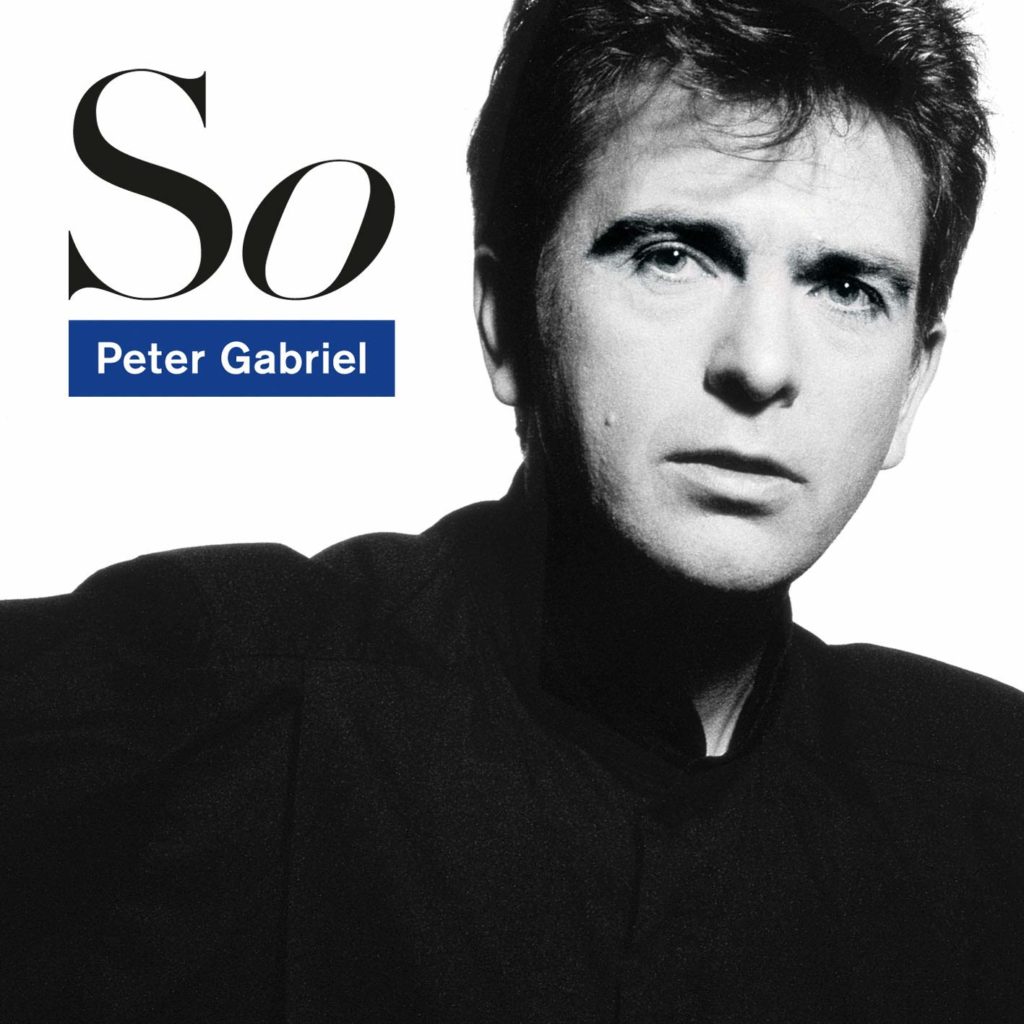Album Review: Spoon – Girls Can Tell (#MWE)

With Girls Can Tell, the Austin band Spoon found their winning formula of minimal, structurally simple, and effortlessly cool rock’n’roll, a style they’ve only improved upon since. Cleaner, more polished, and more rehearsed than their previous effort A Series of Sneaks, the album finds the group perfecting a sound influenced by oldies and general, casual swagger. Where previous efforts were filled with feedback and scrambling, tense songwriting, Spoon swings for the fences by acting like they don’t care, and it fucking worked. Considering how well they’ve been able to build upon this sound to international stardom, that last sentence feels like the understatement of the century.
Before Girls Can Tell, Spoon were almost done. Elektra had dropped them after two underperforming albums, and the last project before they began this album was a single with a couple of tracks shitting on their old A&R guy. The band sounded bitter and, almost, coming to the realization that they might be moving on from making music. The fact that they gave everything one last try, honed their sound, and put out something as marvelous as Girls Can Tell, is all the more remarkable within that context.
A variety of instruments used on the album weren’t really common to hear on indie rock records, particularly in 2001 – alongside chugging guitars and Brit Daniel’s expressive-yet-somehow-kinda-deadpan delivery, we are treated to mellotron, cello, harpsichord and viola. The band trades in Pixies abrasiveness for Elvis Costello nonchalance (and songcraft directly inspired by the classics). Once Spoon decided to focus their sound more on the 70s and less on the more-recent 90s, the evoked a confidence not found on their music previously.
Girls Can Tell is a quick 36-minute listen, but it packs a punch of brilliant melody, diversity in structure, and a consistent theme of cooler-than-you indie rock attitude. Just as the genre was starting to get the shine it was due, Spoon were one of the marquee acts, all thanks to this home run of a third album.
Score: 8/10








